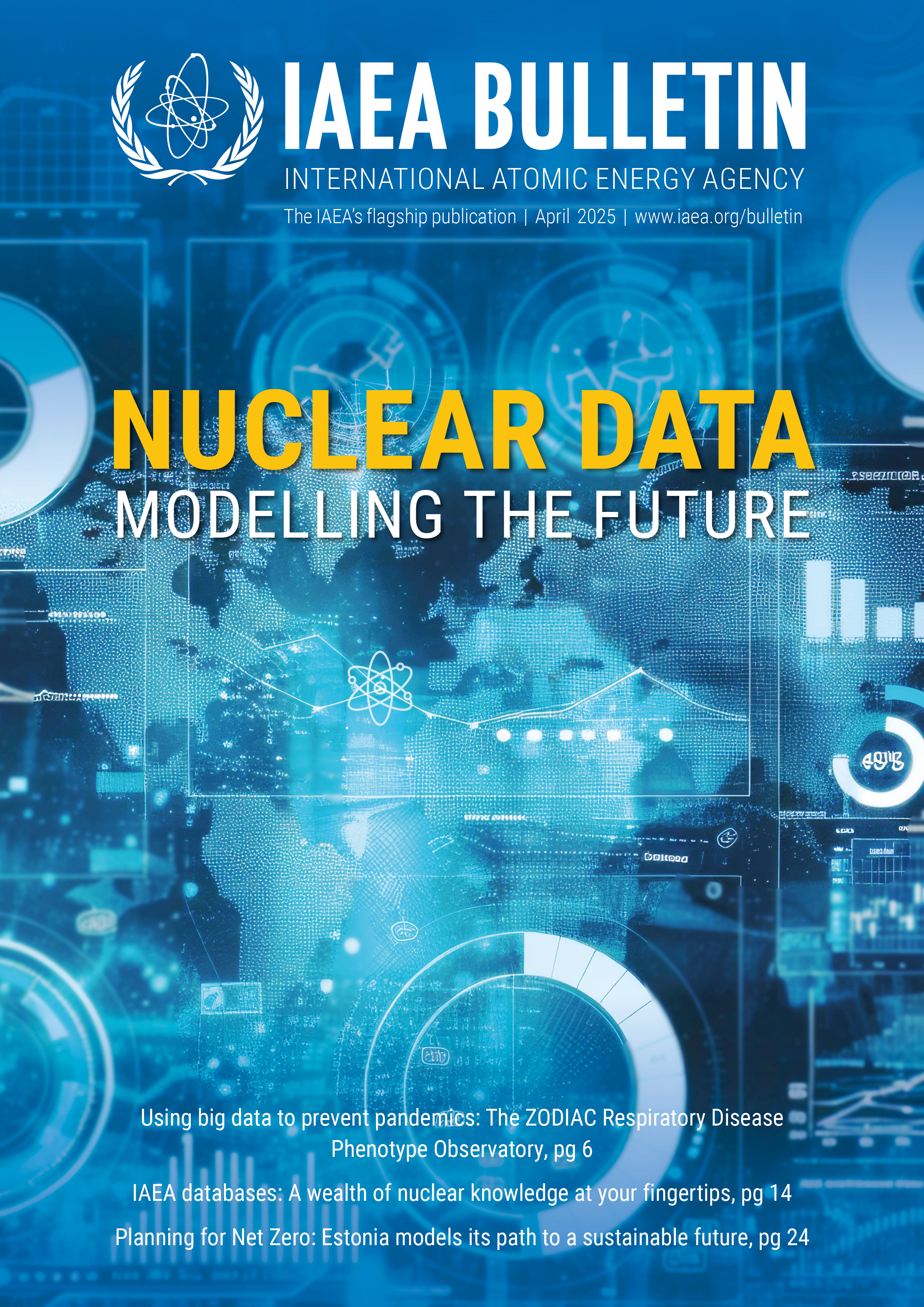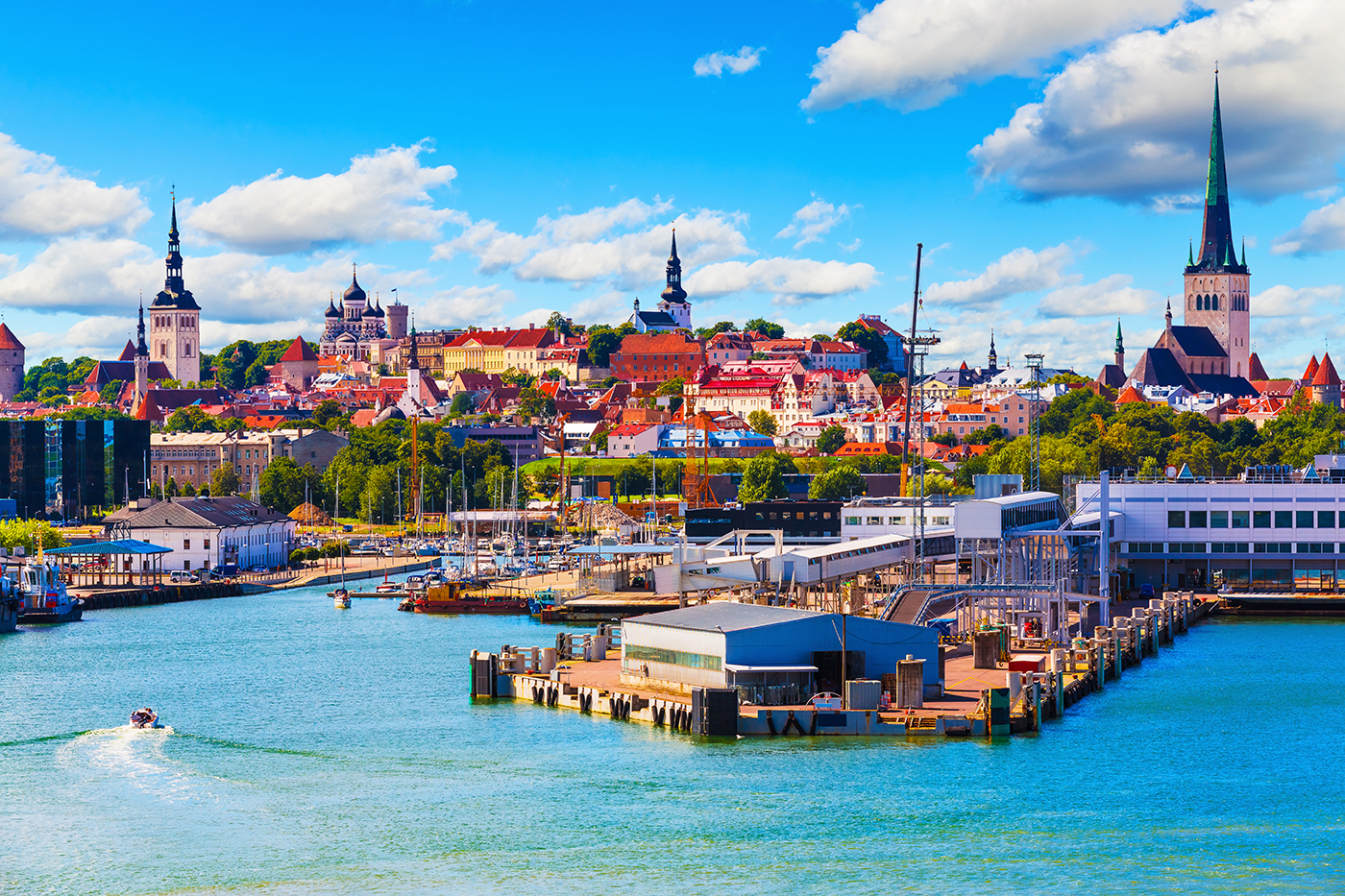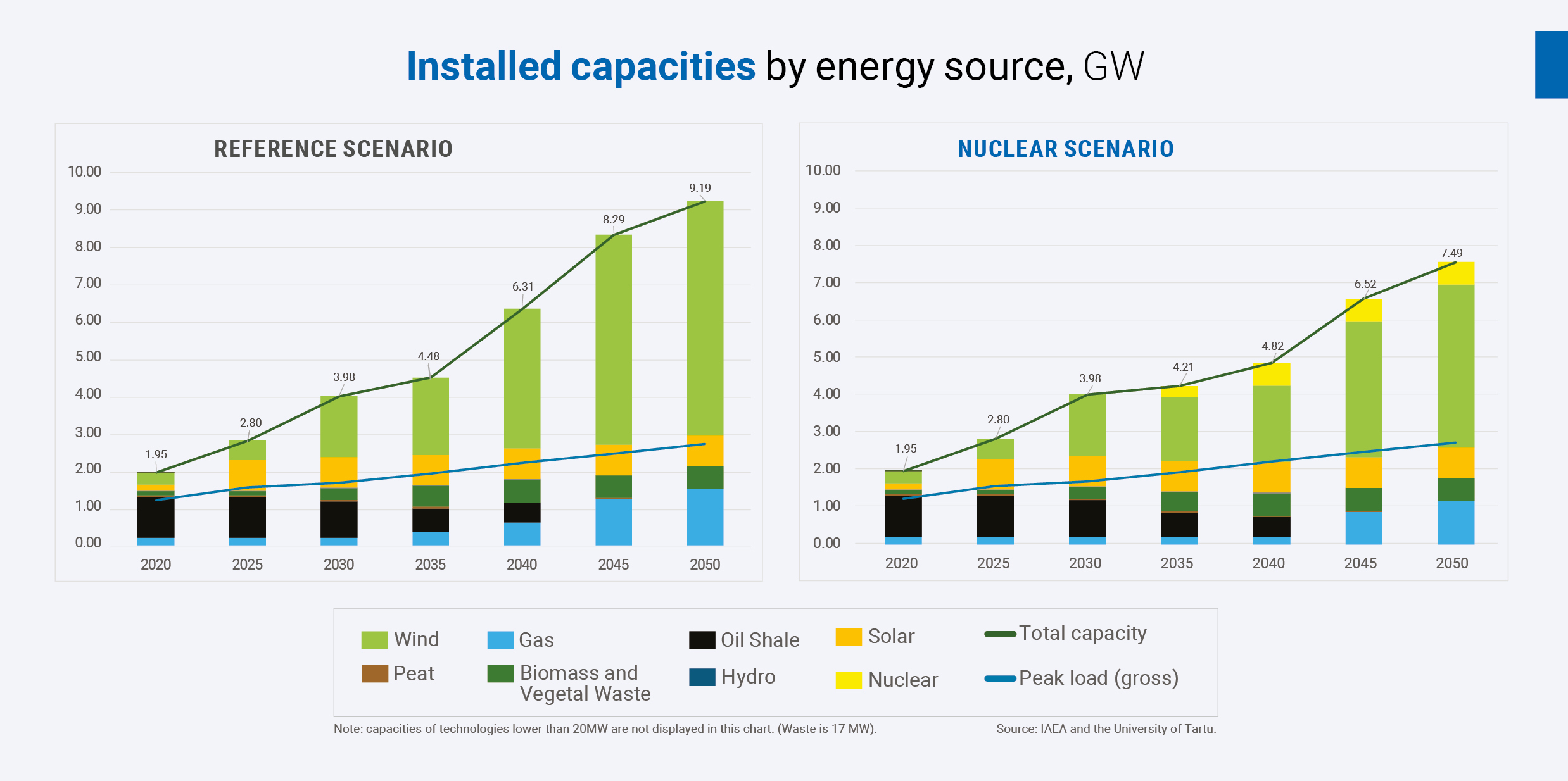Estonia can meet its carbon emission reduction targets with a diversified energy mix that includes nuclear power as a key component, according to a study conducted by researchers at the University of Tartu. The analysis, performed with an IAEA energy modelling tool, has shed light on what the Baltic State’s future clean energy system could look like — and the cost of the different pathways to achieve it. The IAEA supported the project with capacity building and technical guidance through its Atoms4NetZero initiative, as Estonia looks to eliminate its reliance on shale oil by 2050.
At the end of 2023, Estonia’s Nuclear Energy Working Group submitted a report detailing how, with sufficient planning, funding and public approval, nuclear power could contribute to achieving Estonia’s goals for climate change mitigation, energy security and economic growth. In June 2024, after reviewing the report, Estonia’s parliament endorsed preparations for introducing nuclear power and agreed to take steps to establish a legal framework governing its use.
Atoms4NetZero helps countries use a robust suite of analytical tools to consider the full potential of nuclear power in a range of energy planning scenarios. Until recently, nuclear power’s role in achieving climate change mitigation goals had not been reported extensively in published energy modelling studies. However, now that nuclear power is broadly recognized as part of the solution for achieving decarbonization goals, interested countries are aiming to better understand how it can help decarbonize their energy systems.
The tool used in this study, the Model for Energy Supply Strategy Alternatives and their General Environmental Impact (MESSAGE), is designed for medium to long term energy system planning and can model the full range of thermal generation technologies together with renewable energy and carbon capture and storage, as well as other technologies. MESSAGE uses an algorithm to show how a given objective can be achieved at minimal cost. Estonia’s study incorporated costs associated with investment, operation, fuel, energy imports and carbon constraints, providing a holistic view of the energy system.


